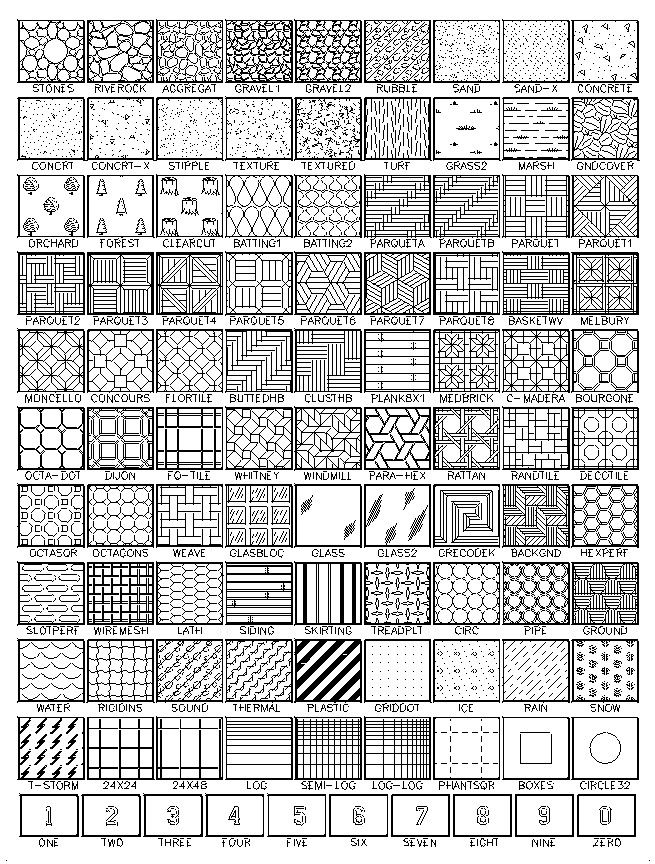
The launch of AutoCAD by Autodesk in December 1982 helped simplify the otherwise tedious manual processes. They, therefore, drew repeating patterns that closely resembled the actual material, be it concrete, masonry wall, wood, and so on. At that time, designers, engineers, and architects still had to visually indicate the material that was to be used in a particular section. They were still in use back when hand drafting and drawing was the only means of representing ideas. The concept of hatch patterns is not entirely new. This gradient is based on the gradient colors selected in the Gradient Color 1 and Gradient Color 2 drop-down menus
As such, if you want to use multiple types of hatch patterns, you must create multiple enclosed areas.Īnother important point to consider is that AutoCAD has a total of three hatch types, namely: It is worth pointing out that a given enclosed area can only have one type of AutoCAD hatch pattern. The hatch pattern is activated using the ‘HATCH’ command, one of many AutoCAD commands.


How to Add and Edit Preloaded Hatch Patterns in AutoCAD.But how do you include hatch patterns in AutoCAD ? Also, how do you create or edit custom hatch patterns in AutoCAD? This article aims to answer these questions. Indeed, the utility of hatch patterns can, therefore, not be called into question. Additionally, they can be used to represent elements such as walls and furniture in architectural drawings. Similarly, hatch patterns help differentiate between the vegetation in a given area when they are used in landscape drawings.

It is through the use of hatch patterns that you can easily determine at first glance whether the drawing represents a section view or an orthographic view of a part. Of these elements, hatch patterns breathe life into a drawing, helping improve the readability of the drawing. The clarity and readability are pegged on a number of elements, including but not limited to the dimensioning, the views used, line weights, and the use of hatch patterns. A CAD or technical drawing is intended to relay clear design instructions to fabricators, product designers, builders, engineers, architects, students, and all other parties involved.


 0 kommentar(er)
0 kommentar(er)
